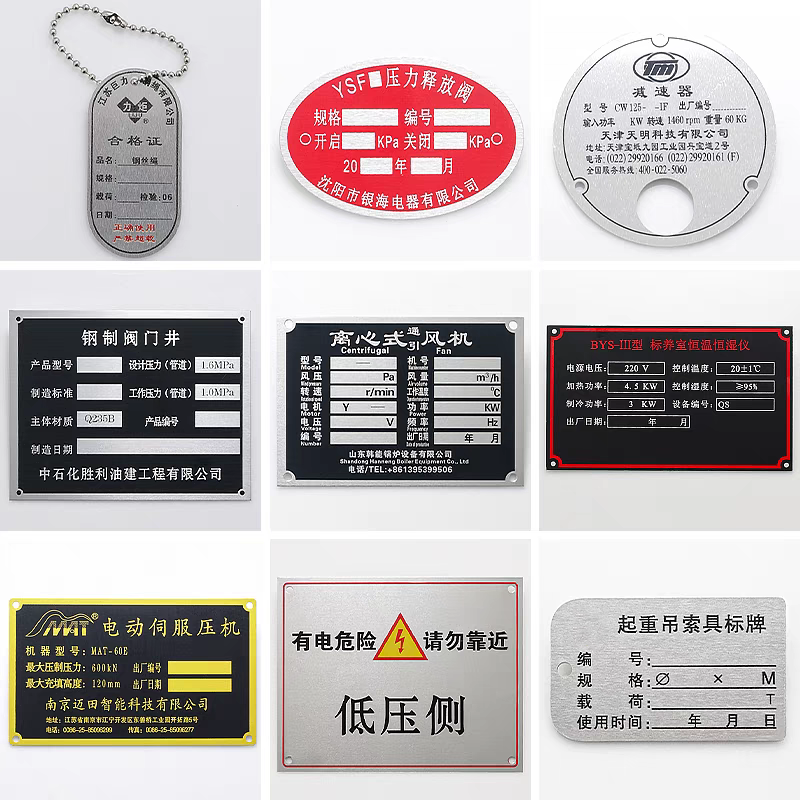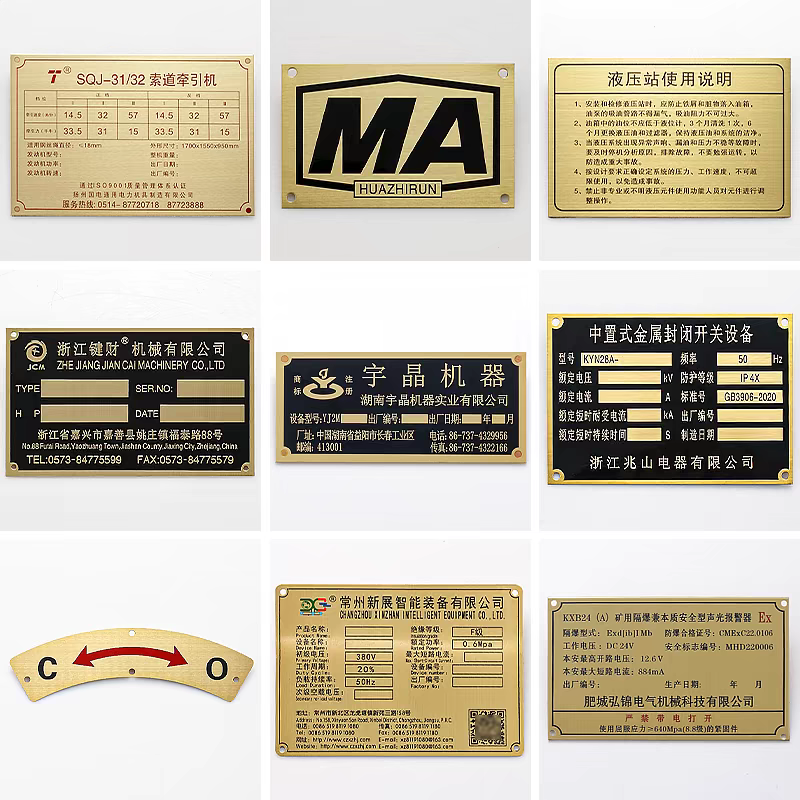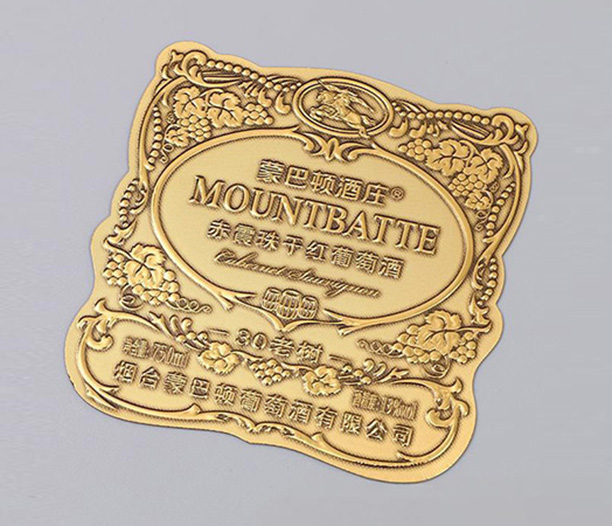If you’ve ever wasted precious minutes searching for a specific piece of equipment, wondered about its service history, or worried about loss and misplacement, you’ve encountered a problem that asset tags for equipment are specifically designed to solve. These unassuming labels are far more than just stickers or metal plates; they are the foundational element of a modern, efficient asset management system. For any business that relies on physical assets—from laptops and tools to heavy machinery and medical devices—implementing a robust system of equipment asset tags is a critical step toward operational excellence.
This article delves into why these tags are indispensable, exploring their core functions, the various types available, and how they can be tailored to meet the unique demands of your industry.

Understanding Asset Tags for Equipment: More Than Just a Number
At its core, an asset tag is a permanent identification label affixed to a piece of equipment. It typically features a unique identifier, such as a barcode, QR code, or serial number, which links the physical item to its digital profile in an asset management database or software. This simple connection transforms a standalone object into a trackable, manageable company asset.
The primary purpose of equipment asset tags is to create a single source of truth for all physical assets. They answer the fundamental questions: What do we own? Where is it? Who has it? What is its condition? Without this system, companies often operate in the dark, leading to inefficiencies, financial loss, and unnecessary stress.
The Multifaceted Role of Equipment Asset Tags
The utility of asset tags for equipment extends across the entire asset lifecycle. Their roles can be broken down into several key areas:
1. Streamlined Inventory and Audits
Manually tracking assets with spreadsheets is time-consuming and prone to human error. With asset tracking tags, conducting a physical inventory becomes a matter of scanning each tag with a barcode or RFID reader. This process is exponentially faster and guarantees accurate, real-time data, making quarterly or annual audits a straightforward task rather than a logistical nightmare.
2. Loss and Theft Prevention
Clearly visible asset identification tags act as a powerful deterrent against theft. A piece of equipment marked with a company-specific tag is harder to resell and easier to identify as stolen property. Furthermore, the ability to track who checked out an item and when significantly increases accountability among employees.
3. Maintenance and Compliance Management
For machinery and critical equipment, preventive maintenance is non-negotiable. Durable asset tags can be linked to maintenance schedules. When a technician scans the tag, they can instantly access the service history, schedule the next maintenance, and log their work. This is crucial for compliance in regulated industries like healthcare, aviation, and manufacturing, where detailed maintenance records are legally required.
4. Financial Accuracy and Depreciation Tracking
Fixed assets represent a significant capital investment. Asset tags for fixed assets provide the definitive list needed for accurate financial reporting, insurance claims, and calculating depreciation. This ensures your balance sheet reflects the true value of your company's assets.
Types of Asset Tags for Equipment: Choosing the Right Fit
Not all asset tags are created equal. The environment in which the equipment is used dictates the type of tag required. Selecting the wrong one can lead to tags falling off, becoming unreadable, and rendering your system useless.
Metal Asset Tags: Made from aluminum, stainless steel, or anodized aluminum, these are the go-to choice for harsh environments. They are resistant to corrosion, high temperatures, solvents, and abrasion. Ideal for manufacturing equipment, laboratory devices, and outdoor assets.
Polyester Asset Labels: These synthetic tags offer excellent durability at a lower cost than metal. They resist moisture, many chemicals, and mild abrasion. They are a perfect solution for IT equipment, office furniture, and tools used in less demanding settings.
Tamper-Evident Tags: Designed for security-critical assets, these tags break apart or leave a "VOID" message if someone attempts to remove them. This makes them ideal for high-theft-risk items like laptops, projectors, and other portable electronics.
Foil Asset Labels: These thin, flexible tags are excellent for curved surfaces or equipment with limited flat space. They are highly durable and resistant to various environmental conditions.

Key Customization Options for Your Asset Tags
A significant advantage of modern equipment tagging is the ability to customize. A one-size-fits-all approach rarely works. Key customization elements include:
Sequential Numbering: The unique identifier on your asset tags for equipment can be simple numbers, alphanumeric codes, or codes that incorporate department or location information.
Barcodes and QR Codes: While barcodes are efficient for quick scanning with a dedicated reader, QR codes offer greater flexibility as they can be scanned with any smartphone camera, potentially linking directly to a work order or asset profile.
Company Branding: Include your company logo, name, and contact information directly on the tag. This reinforces ownership and provides a point of contact if the asset is found off-site.
Size and Shape: Tags can be manufactured in various sizes and shapes to fit the specific equipment you need to track, from tiny labels for USB drives to large placards for vehicles.
The application of equipment asset tags is virtually universal. Here are a few key sectors that rely on them heavily:
IT and Technology: Tracking laptops, servers, monitors, and peripherals for inventory, software licensing, and security.
Healthcare: Managing medical devices, hospital beds, and diagnostic equipment for maintenance calibration, compliance, and patient billing.
Manufacturing and Industrial: Identifying machinery, tools, and safety equipment for maintenance scheduling, utilization tracking, and regulatory compliance.
Education: Keeping tabs on school-owned assets like projectors, laptops, lab equipment, and musical instruments across multiple campuses and classrooms.
Construction: Monitoring high-value tools, generators, and heavy machinery across multiple job sites to prevent loss and manage maintenance.
Implementing an Effective Asset Tagging System
Simply ordering tags is not enough. A successful implementation requires a plan:
Identify All Assets: Create a comprehensive list of every item that needs a tag.
Choose the Right Tag: Select the material and adhesive based on the asset's environment.
Define Your Data: Determine what information (e.g., purchase date, cost, supplier, warranty) will be stored in your database for each asset.
Apply Tags Consistently: Place tags in a consistent, visible, and clean location on all assets to ensure easy scanning.
Train Your Team: Ensure all relevant employees understand the importance of the tags and how to use the scanning system.
Investing in a high-quality system of asset tags for equipment is a strategic decision that pays for itself many times over. It brings clarity to chaos, turns data into actionable insights, and protects your valuable capital investments. By choosing the right type of tag and implementing a consistent process, you can achieve new levels of control, efficiency, and accountability across your entire organization. Stop guessing and start tracking—your bottom line will thank you.
Q1: What is the best way to clean a surface before applying an asset tag?
A1: For the strongest bond, clean the application surface with a 50/50 mixture of isopropyl alcohol and water. Wipe the area thoroughly with the solution using a lint-free cloth, allow it to evaporate completely, and then apply the asset tag. This removes oils, dust, and grime that could interfere with the adhesive.
Q2: Can asset tags be removed without damaging the equipment?
A2: This depends on the adhesive. Some permanent adhesives are designed to be destructible or leave significant residue upon removal to deter theft. However, removable adhesives are available for assets that are frequently resold or redeployed, such as leased IT equipment. It's crucial to specify your need for a non-damaging adhesive when ordering your equipment asset tags.
Q3: How long do asset tags typically last?
A3: The lifespan of an asset tag varies greatly by material and environment. A polyester tag in an office setting can last for many years, while a metal tag in an industrial environment is designed to withstand decades of exposure to chemicals, UV light, and extreme temperatures. Always check the manufacturer's specifications for durability ratings.
Q4: What is the difference between an asset tag and a UID label?
A4: While both are used for identification, a UID (Unique Identification) label is a specific standard mandated by the U.S. Department of Defense for its assets. UID labels have strict formatting and data requirements. A general asset tag is a broader term for any label used for internal corporate asset tracking and does not need to comply with the UID standard.
Q5: Is it possible to track equipment in real-time using asset tags?
A5: Standard barcode or QR code asset tags require a manual scan to update an asset's location. For true real-time tracking, you would need to use asset tags that incorporate GPS or active RFID technology, which continuously broadcast their location. These are more complex and expensive systems used for high-value or highly mobile assets.






